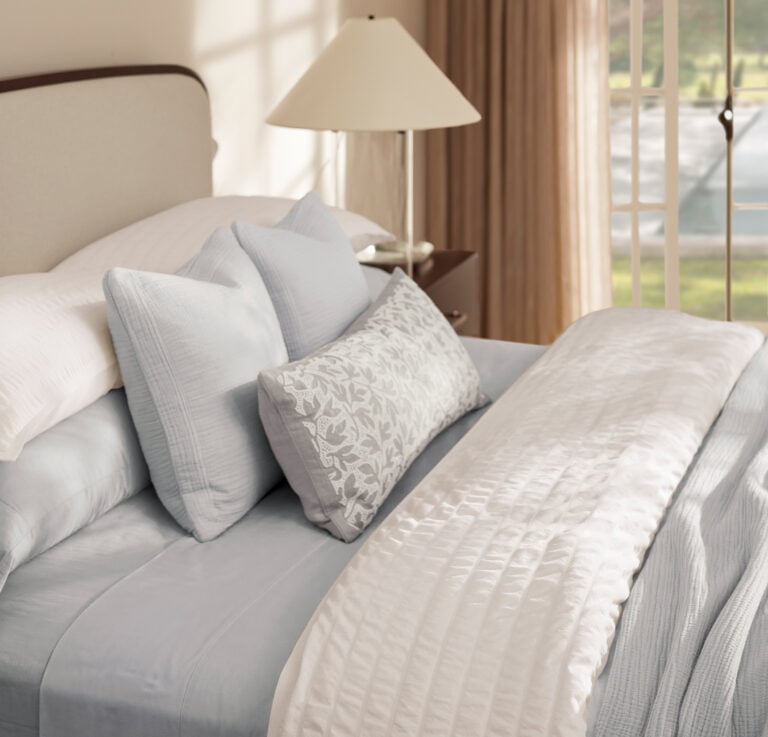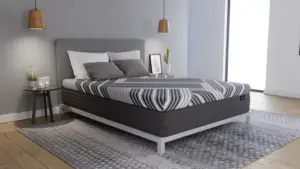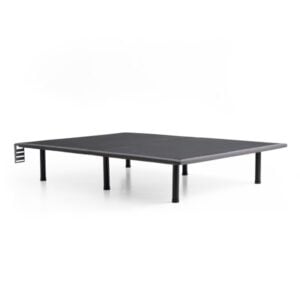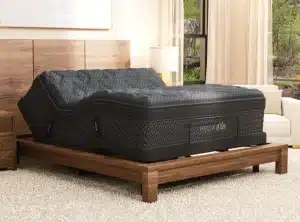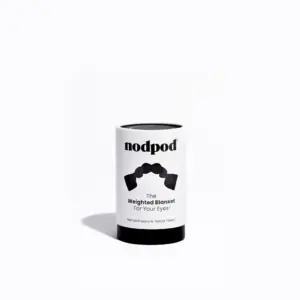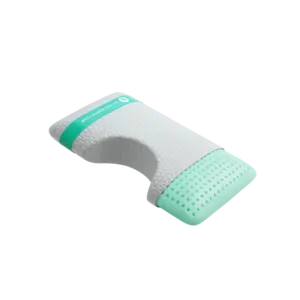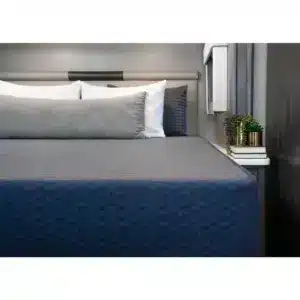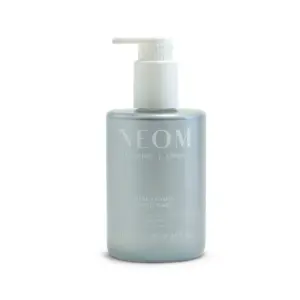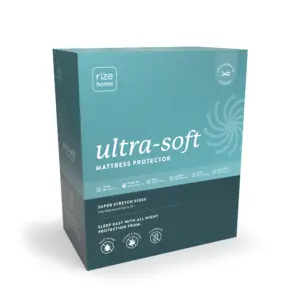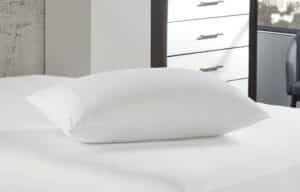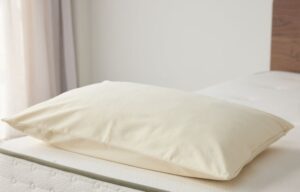Top Sheets: A Pointless Tradition or a Must-Have?
Introduction
The world of bedding often leads to spirited discussions, particularly when it comes to the role of the top sheet. Is it an indispensable addition or merely a pointless layer? A top sheet, typically a flat sheet placed between you and your comforter or duvet, offers an extra cushion of comfort and serves to protect your bedding.
Quick Overview:
– Pro: Provides added comfort and helps keep your comforter cleaner for longer.
– Con: Can become tangled during the night and may feel unnecessary if you primarily use a duvet.
Historically, the top sheet was a standard feature on every bed. However, its popularity has waned, largely due to the rise of duvets, which offer their own protective covers. Many argue that a top sheet helps maintain hygiene, acting as a barrier that means less frequent washing for your comforter. Yet, there are those who find it cumbersome and opt for the simplicity of a duvet cover.
I’m Ben Trapskin, the creator of Yawnder, your go-to source for insights on sleep products. After years spent researching the bedding market, I’m here to help you decide whether a top sheet is right for your unique needs. Let’s explore the pros and cons of using a top sheet to aid in your decision-making.
Understanding the Top Sheet
What exactly is a top sheet? Also known as a flat sheet, it’s a rectangular piece of fabric that sits between your fitted sheet and your comforter or duvet. Bedding sets typically include:
– Fitted Sheet: An elasticized sheet that fits snugly around your mattress, protecting it while providing a comfortable surface for sleep.
– Top Sheet: The flat sheet that lies on top of the fitted sheet and beneath the comforter or duvet.
– Pillowcases: These cover your pillows, contributing both to comfort and style.
The Role of a Top Sheet: Practical and Aesthetic Benefits
Beyond its straightforward function, a top sheet can infuse your bed with color and pattern, enhancing your room’s aesthetic. But its utility extends beyond decoration; it provides a protective layer for your comforter or duvet, which can save you time and energy by reducing the frequency with which you need to wash bulkier bedding items.
Comforter Protection
One of the primary reasons many people choose to use a top sheet is to keep their comforter cleaner. Given that comforters are often bulky and may even require professional cleaning, a top sheet effectively prolongs the life of your comforter by minimizing the need for washing. This added layer acts as a shield against body oils, sweat, and skin cells, ensuring your comforter stays fresher for longer.
Pros of Using a Top Sheet
1. Protection for Your Comforter
Top sheets can significantly reduce the wear and tear on your comforter. The human body sheds millions of skin cells per night, and having a top sheet in place helps to keep these contaminants away from your comforter. This means you can simply toss the top sheet into the washing machine, saving you from the hassle of frequent dry-cleaning trips.
2. Year-Round Versatility
The advantages of a top sheet aren’t just seasonal; they provide comfort in every type of weather. During colder months, a top sheet paired with a comforter can create a cozy air pocket that traps warmth. In the summertime, a lightweight top sheet can serve as a cooling cover, offering protection without excess bulk.
3. Enhances Hygiene
Using a top sheet boosts the hygiene of your sleeping environment. It offers a barrier that helps prevent bacteria and fungi from accumulating on your comforter. This is important, as washing comforters can be a labor-intensive task. With a top sheet, you’ll only need to do laundry every four to seven days, keeping your bedding fresh and clean.
4. Added Comfort
If your duvet cover is made from material that feels rough against your skin, a soft top sheet can serve as an additional comfort layer. This is particularly beneficial for individuals with sensitive skin.
5. Reduced Washing Frequency
Finally, a top sheet significantly decreases how often you need to wash your comforter. Less frequent laundering extends the lifespan of your bedding investments, allowing you to get the most out of your purchases.
Cons of Using a Top Sheet
1. Prone to Tangling
One of the most common complaints about top sheets is that they tend to become tangled during sleep. Restless sleepers often find their top sheets bunched at the foot of the bed, disrupting their comfort and making it hard to achieve a restful night.
2. Complicated Bed-Making
Another downside is that a top sheet complicates the bed-making process. An extra layer can feel redundant, adding more time to your morning routine. For those with busy schedules, this can be frustrating.
3. Perceived as Outdated
Some believe that the top sheet is an antiquated tradition that no longer serves a meaningful purpose. Instead of simplifying their lives, they find that a top sheet adds unnecessary complexity to their bedding rituals.
Exploring Alternatives: Top Sheets vs. Fitted Sheets
When making your bed, you might wonder how top sheets stack up against fitted sheets. Here are some distinctions:
– Necessity: Fitted sheets are essential for mattress coverage, while top sheets are optional.
– Protection: Fitted sheets safeguard your mattress from sweat and dirt; top sheets help keep your duvet or comforter cleaner.
– Ease of Use: Fitted sheets are easier to secure due to their elastic edges, while top sheets may complicate the bed-making process for some.
Selecting the Right Material for Your Top Sheet
The material of your top sheet can greatly influence comfort and sleep quality. Here are some popular options:
– Cotton: Breathable and long-lasting, ideal for everyday use.
– Linen: Heavier but chic; offers luxury and gets softer with washes.
– Silk: Incredibly soft with temperature-regulating properties, though it requires extra care.
– Flannel: Perfect for winter as it retains warmth.
– Percale: Lightweight and cool, ideal for warm sleepers.
– Polyester: Budget-friendly but lacks breathability.
– Sateen: Silky and luxurious, best for cooler months.
– Bamboo: Eco-friendly, moisture-wicking, and breathable.
The Bottom Line: Do You Need a Top Sheet?
Ultimately, the question of whether you need a top sheet is highly personal. It depends on your sleeping style and lifestyle preferences. If you appreciate the extra layer and comfort, then a top sheet might be invaluable to you. However, if you often find them tangled or feel they complicate your morning routine, skipping the top sheet may be a better choice.
Conclusion
Personal preference is key when it comes to the use of top sheets. Some individuals relish the extra comfort and protection they provide for their comforters, while others find them unnecessary. At Yawnder, we respect that everyone has unique sleep preferences. Whether or not you choose to add a top sheet to your bedding is all about what works best for you in achieving a restorative night’s sleep. The journey towards your ideal bedding setup is about comfort, practicality, and, ultimately, what brings you the best rest.

